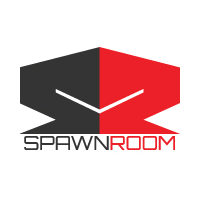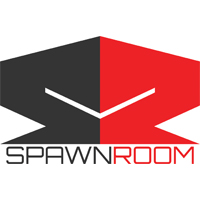The other weekend I was in the Twin Cities (MN) for a Teh Pwn Gaming / CSL StarCraft 2 tournament (you can read about it here). It was a ton of fun and I wanted to share a particular aspect about it that might be of interest to some young entrepreneurs out there. Here’s what I learned about running an event booth.
The story begins on Facebook. I was contacted by my friend Evva, the president of Teh Pwn, and she asked me if I wanted a booth for the up-coming event. I was initially concerned about agreeing because my operation is small, obscure, and the opposite of well-funded (one of those grassroots, indie-style operations). Anyways, I pictured myself next to Antec, ASUS, and NOS whose booths were epic, decked out with kick-ass banners and voluptuous women distributing tons of free swag. Needless to say I was afraid of looking inadequate and cheap. But Evva assured me that everything would be fine and it was a great opportunity to network and share my website. So I agreed.
To prepare I ordered business cards, spray-painted some t-shirts, and packed my laptop. It was a pretty low-key package, but figured it would do. However, upon arrival I checked out my setup and realized I forgot some sort of banner. Oops… But we ended up making a banner out of cardboard paper which looked pretty legit from a distance. If you do this, make sure it’s cool within your industry. Fortunately eSports is pretty young so I don’t think it was a big deal.
The best part about my setup was probably the business cards. I would highly recommend getting some. Why? Because you can get a ton of them for relatively cheap and you’ll always have something to give out. If you just bring t-shirts, what happens after they’re all gone? Now there’s nothing for people to look at later and be reminded of your organization. Definitely order some.
Bringing a laptop was another great idea. It helped to physically show my site rather than just explaining it. If you don’t have one, find someone who does and borrow it. If you’re in technology, Internet, web, whatever, you need a device to show off your work.
One thing I wish I would have done differently is buy professionally made t-shirts. The ones we were wearing looked legit from a distance, but up-close looked cheap. I also wish we would have had some extras to give out. The NOS booth ran through all their free stuff right away because people wanted it. And in exchange they Liked them on Facebook and checked in on Foursquare. Not a bad deal in my opinion.
Overall, if you’re thinking about representing yourself at an event. The more professional you can be the better. I’m unfortunately locked down by a small budget so I have to pick and choose, but if you’re not, definitely get everything made professionally. A nice banner, solid business cards, free t-shirts, and a laptop will go a long way. But even if you can’t do that, just go anyways. I still ended up meeting a ton of cool people and networked with other organizations. Don’t doubt yourself, it’ll be fun and everyone is a lot nicer and more supportive than you think.
Other Tags: CSL, StarCraft II, SC2, TPG


